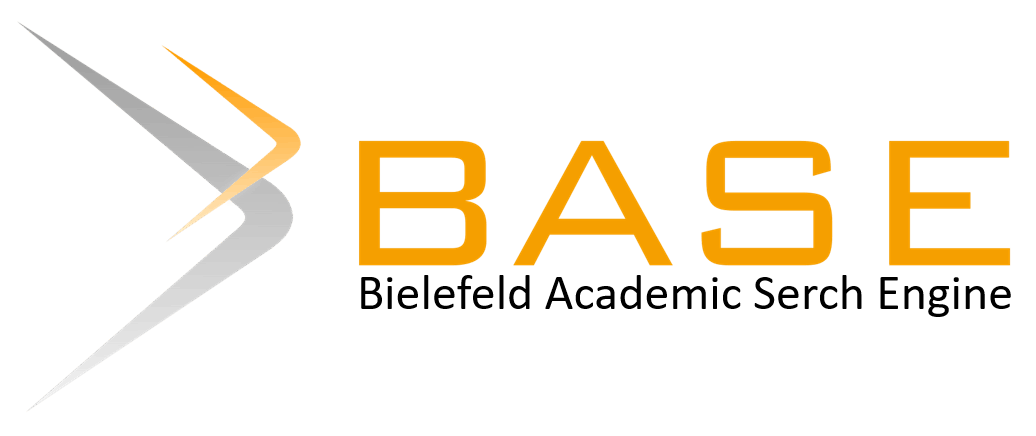Kontribusi Seesaw sebagai assesment for learning dalam mengukur keterampilan berpikir abad 21
Abstract
The 21st Century thinking skills are important skills to have for everyone. These skills can be developed through learning and assessment with the help of applications. This study aims to measure 21st century problem solving skills using Seesaw as an assessment for learning. The method used is descriptive. This research was conducted in one class 10 of SMAN X in West Bandung which was selected by purposive sampling. This study used three project based learning projects. The instruments used were tasks, test instruments, and questionnaires. The task is uploaded in the Seesaw application and assessed with a rubric which is modified from the K-12 Public Education standard 2015. The test instrument is adapted from the NAEP (National Assessment of Educational Progress). The results showed that there was an increase in students' problem solving skills with more N-gain scores in the high category. The mastery of problem solving skills was more in mastery. The progress of students' problem-solving skills also increased during the completion of task 1 to task 3.
Keywords
Full Text:
PDFReferences
Beetham, H. & Sharpe, R. (2007) Rethinking pedagogy for a digital age: designing and delivering e-learning. London. Routledge Falmer
Darland D.C. & Carmichael, J.S. (2012). Long Term Retention of Knowledge and Critical Thinking Skills in Developmental Biology. Journal of Microbiology & Biology Education. 13, (2), 125-132.
Emiliannur, E., Hamidah, I., Zainul, A., & Wulan, A.R. Using Performance Assessment Model in Physics Laboratory to Increase Students’ Critical Thinking Disposition. International Conference on Mathematics and Science Education (ICMScE). 895 (2017), 1-6.
Fadilah, E. (2018). Pengembangan Asesmen Kinerja untuk Meningkatkan Keterampilan Abad 21 melalui Seesaw pada Pembelajaran Lingkungan. (Tesis). Sekolah Pascasarjana, Universitas Pendidikan Indonesia, Bandung.
Fong, L.L., Sidhu, G.K., & Fook, C.Y. (2014). Exploring 21st Century Skills among Postgraduates in Malaysia. Procedia - Social And Behavioral Sciences, 123, 130-138.
Gioka, O. (2010). Assessment for Learning in Biology Lesson. Journal of Biological Education. 41 (3), 113-116.
Griffin, P., McGaw B, B., & Care, E. (2012). Assessment and Teaching of 21st Century Skills. New York: Spinger Science+Business Media.
Hake, R. R. (1999). Analizing Change/Gain Scores. [Online]. Tersedia: http://www.physics.indiana.edu/~sdi/AnalyzingChange-Gain.pdf [10 Agustus 2020].
Hammond, L D & Adamson, F. (2010). Beyond basic skills: The role of performance assessment in achieving 21st century standards of learning. Stanford, CA: Stanford University, Stanford Center for Opportunity Policy in Education.
Kazu, I.Y., Kazu, H & Ozdemir, O (2005). The Effect of Mastery Learning Model on the Success of the Students Who Attended “Usage of Basic Information Tecnologies” Cource. Journal Education Tecnology & Society. 8(4), 233-243.
Milligan, S., Griffin, P., Care, E., Slater, H., Harding, S., & Scoular, C. (2014). The Assessment And Teaching Of 21st Century Skills Mooc. Retrieved July 2014
Price, M., Handley, K., Millar, J., & O’Donovan, B. (2010). Feedback: All That Effort, but What Is The Effect?. Assessment & Evaluation in Higher Education, 35 (3), 277–289.
Trilling, B & Fadel, C. (2009). 21st Century Skills: Learning For Life in Our Times. USA: Wiley Imprint.
Uche, C.M, Kaegon, L.E.S.P., & Okata, F.C. (2016). Teacher Level Of Awareness Of 21st Century Occupational Roles In Rivers State Secondary Schools. Journal Of Education And Training Studies, 4 (8), 83- 92.
DOI: https://doi.org/10.17509/aijbe.v3i2.28278
Refbacks
- There are currently no refbacks.
 AIJBE is under Creative Commons Attribution-ShareAlike 4.0 International License
AIJBE is under Creative Commons Attribution-ShareAlike 4.0 International License









